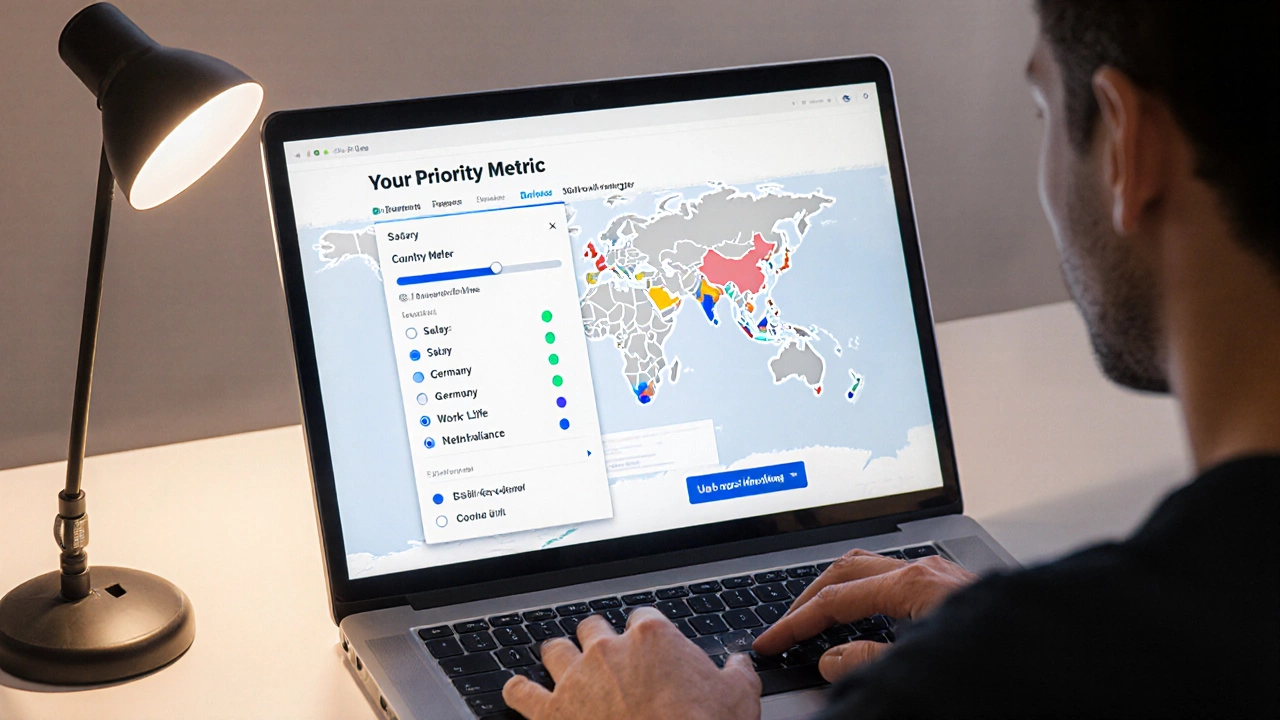Developer Visa: Your Path to Working Abroad in Tech
When talking about developer visa, a legal document that lets software professionals live and work in a foreign country. Also known as tech work visa, it bridges the gap between global talent and local tech markets. Work permit, the official authorization from a host country's government often underpins a developer visa, while the H-1B visa, the US‑specific program for skilled workers is a classic example that shapes many developers' decisions. Together, these entities form the core of tech talent immigration, the broader movement that attracts IT experts worldwide.
Why does a developer visa matter? It enables developers to join high‑paying projects, access cutting‑edge labs, and collaborate with international teams. The visa process usually requires a job offer, proof of specialized skills, and sometimes a labor market test. In practice, a solid portfolio—like building responsive sites, mastering PHP vs Python, or handling full‑stack projects—acts as proof of expertise that immigration officers look for. So your coding chops directly influence visa eligibility.
Different countries have their own spin on the developer visa. Canada’s Global Talent Stream, Australia’s Subclass 482, and Germany’s Blue Card each target tech talent but vary in salary thresholds, processing times, and sponsorship rules. These programs illustrate the semantic triple: Developer visa requires employer sponsorship in many jurisdictions, while employer sponsorship influences processing speed. Knowing the specifics helps you choose the fastest path to relocation.
Key Factors That Influence Your Visa Success
First, the skill set you showcase matters. Articles in our collection explain why full‑stack development, AI‑assisted coding, and responsive design are hot in 2024‑2025. Second, salary offers play a big role—most tech visas set a minimum wage to ensure you’re not underpaid. Third, the employer’s immigration track record can speed up or slow down approvals; companies that regularly hire overseas talent often have streamlined internal processes.
Another crucial element is timing. Visa caps, especially for the H‑1B, create annual windows where demand spikes. Planning ahead—by applying early and gathering required documents like degree evaluations and updated portfolios—can make the difference between landing a role abroad or waiting another year.
Beyond the paperwork, cultural adaptation is part of the journey. Many developers worry about remote work versus on‑site expectations. While some visas allow remote‑first arrangements, others require physical presence in the office. Understanding these nuances helps you negotiate contracts that fit your lifestyle.
Our article lineup covers the full spectrum: from “Can Front‑End Development Use PHP?” to “Will AI Replace Programmers in 5 Years?”—all of which can strengthen your visa case by proving you stay current with industry trends. Use those insights to craft a compelling cover letter that highlights your expertise in modern stacks, responsive design, and emerging tech.
In short, a developer visa is more than a paper stamp; it’s a gateway to global opportunities. By aligning your technical portfolio, understanding country‑specific programs, and timing your application wisely, you set yourself up for success. Below you’ll find a curated set of articles that dive deeper into the skills, tools, and market trends that immigration officials and hiring managers value most.
Top Countries for Full-Stack Developers in 2025
- Jaxon Millwater
- Tech Careers
- 0 comment
Explore salaries, demand, visa ease, cost of living, and work‑life balance to find the best country for full‑stack developers in 2025.
VIEW MORECategories
- Responsive Web Design (14)
- Tech Careers (13)
- UX UI Design (12)
- PHP Development (11)
- Web Development Courses (11)
- SEO for Web Developers (11)
- JavaScript (9)
- Ecommerce Websites (9)
- Web Development Frameworks (8)
- Full Stack Development (8)
Popular posts
-
Integrating SEO into Your HTML Website for Enhanced Visibility
Jaxon Millwater -
What Coding is Needed for WordPress? Essential Skills Explained
Jaxon Millwater -
Is JavaScript Easier Than Java? The Real Difference for Beginners
Jaxon Millwater -
Responsive Web Design Theory Explained
Jaxon Millwater -
Comparing SEO: Wix vs. WordPress for Web Developers
Jaxon Millwater
